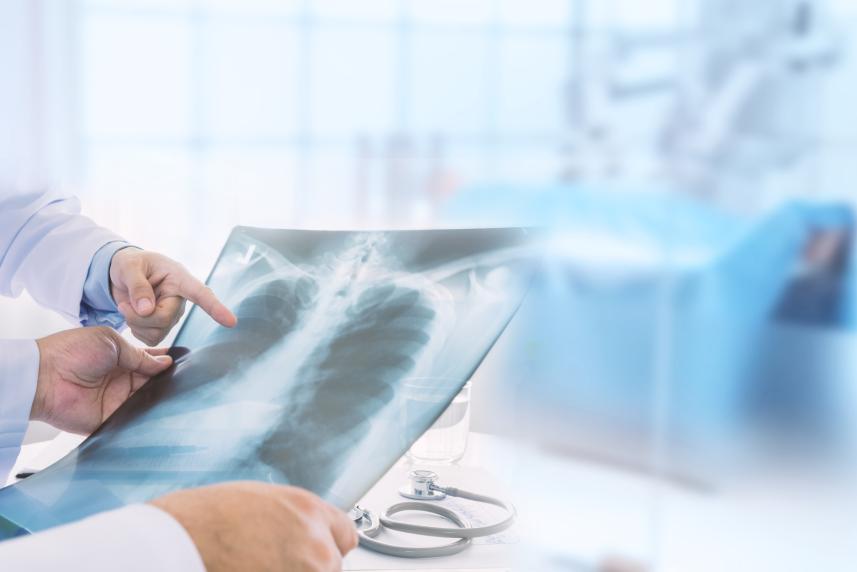A guide to lung disease tests
Your doctor may order tests to determine if your condition has worsened or become something else, such as asthma or COPD. Here’s what to expect.

When you go to your doctor because you’re not feeling well, your doctor asks you questions and examines you. To help he or she make a diagnosis, he may need more information. People who are living with asthma exhibit some of the same symptoms as other types of lung disease — coughing, being out of breath, wheezing. To figure out why, your doctor may ask you to take certain tests to examine your lung.
Before the tests, you will be told how to prepare for them. You may be instructed to wear loose clothing, avoid large meals and stop using some of your medicines in the hours preceding the tests.
Pulmonary function tests
These tests include spirometry, lung volume tests and diffusion capacity tests. They measure how well the lungs are working and how well the lungs are moving oxygen to the blood. These breathing tests are performed using special equipment by trained staff in a hospital or at a doctor’s office.
Chest X-rays or CT scans
Both of these tests are a type of X-ray. A chest X-ray is a photo taken while you sit or stand with your chest pressed to an X-ray machine. You will be asked to take a deep breath and hold it. Sometimes a side view of your chest is also taken. Unfortunately, a chest X-ray is not a good test for examining lung disease. A much better test is a computed tomogram, or CT, of the lungs which takes a different type of picture by having you lie on a table and move through a large ring during which time the picture is taken.
Lab tests
Arterial blood gases (in rare cases) and pulse oximetry are laboratory tests that may be ordered by your doctor. An arterial blood gases test will show how well your lungs are getting oxygen into your blood and carbon dioxide out of your blood. For this test, blood is taken out of your arm, usually near your wrist.
A pulse oximetry test is another way of measuring the amount of oxygen in the blood by measuring how much light is absorbed by hemoglobin in the blood. This test is done without taking a blood sample. The amount of oxygen is estimated by a pulse oximeter, which is clipped to your finger or earlobe. It shines a special light through the skin to get a percentage of hemoglobin carrying oxygen.


